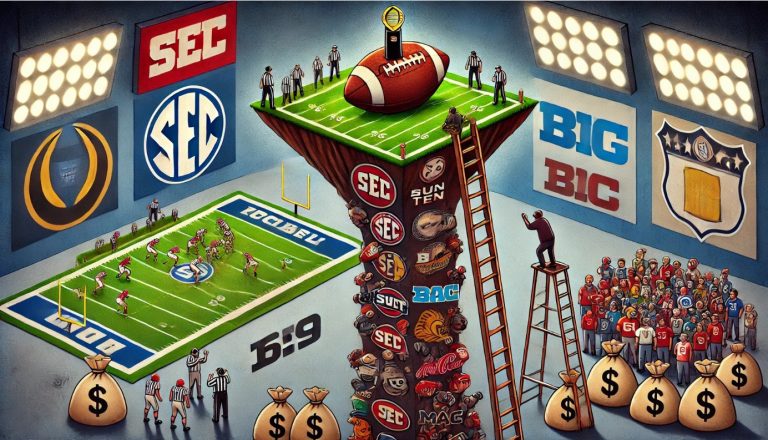
By Larry Billinger
Bite into History: A Culinary Journey Through Meal Names
Ever found yourself puzzled at the dinner table—or should I say, the lunch table? This article was sparked by my step-dad, Jim, a proud Nebraskan who staunchly calls the 12pm meal ‘dinner’. This leaves the rest of us scratching our heads every time, wondering if we missed a memo from the Meal Naming Committee. Jim insists it’s the Nebraskan way, but really, what’s in a meal name? Well, folks, grab a snack and buckle up as we embark on a culinary quest to decode the enigmatic nomenclature of our daily bread, inspired by Jim and his midday ‘dinner’.
Breakfast: The Dawn Delight
- Origins: Old English ‘break’ + ‘fast’ (ending a night’s fasting).
- Time: Typically 6-9 AM.
- Fun Fact: In medieval Europe, eating breakfast was frowned upon. It was a sign of gluttony!
Lunch: The Midday Munch
- Origins: Short for ‘luncheon’, believed to be from the Spanish ‘lonja’ (a slice).
- Time: Usually noon to 2 PM.
- Regional Quirk: In parts of the South, “dinner” can actually mean lunch!
Dinner: The Prime-Time Plate
- Origins: From Old French ‘disnar’, meaning main meal.
- Time: Traditionally, the largest meal is around midday. Now, often in the evening (5-8 PM).
- Did You Know? In the 18th century, dinner shifted later in the day as artificial lighting improved.
Supper: The Nightcap Nosh
- Origins: Old French ‘souper’, meaning evening meal.
- Time: Lighter meal, post-dinner, around 7-9 PM.
- Fun Tidbit: “Supper” is more commonly used in rural areas and among older generations.
Cultural Cuisine: A Global Glimpse of Meal Names
Delving into the global kitchen, meal names and times offer a feast of cultural diversity:
- Spain: Known for late dinners, often after 9 PM.
- Italy: ‘Pranzo’ for lunch and ‘Cena’ for dinner, with regional variances in timing.
- Japan: ‘Asa-gohan’ for breakfast, ‘Hiru-gohan’ for lunch, and ‘Ban-gohan’ for dinner, emphasizing ‘gohan’ (rice) as a staple.
- India: Breakfast varies by region, with ‘Dopahar ka bhojan’ for lunch and ‘Raat ka bhojan’ for dinner in Hindi, times differing based on cultural norms.
Historical Feasts: The Evolution of Meal Times and Names
Meal times and names have been a fluid feast throughout history:
- Ancient Rome: One main meal (‘cena’) in the afternoon.
- Middle Ages: The nobility often ate two meals a day, while peasants usually had one.
- 17th Century: The introduction of new foods from the Americas and increased trade changed eating habits, leading to more defined meal times.
- Industrial Revolution: Work schedules led to more rigid meal times, shaping the breakfast, lunch, and dinner structure.
Regional Rendezvous: A U.S. Menu Map
Is there a “correct” American way to name meals? Not quite! It’s a regional recipe:
Morning Meal: Breakfast
- All States: Universally referred to as “breakfast” across the United States.
Noon Meal: Lunch vs. Dinner
- Lunch: Predominantly used in:
- Northeastern States: Such as New York, Massachusetts, and Pennsylvania.
- West Coast States: Including California, Oregon, and Washington.
- Northern States: Like Michigan, Wisconsin, and Minnesota.
- Dinner: This term for the noon meal is more common in:
- Southern States: Like Alabama, Mississippi, Georgia.
- Midwest States: Including Iowa, Nebraska, and Kansas.
Evening Meal: Dinner vs. Supper
- Dinner: The more commonly used term in:
- Most States: Especially urban and metropolitan areas across the U.S.
- Supper: More prevalent in:
- Rural Areas: Across various states, especially in the Midwest and parts of the South.
- Older Generations: More likely to use “supper” regardless of state.
Regional Variations
- South and Midwest: These regions exhibit the most variation, with some areas using “dinner” for the noon meal and “supper” for the evening meal.
- Cultural Influences: Meal names might also reflect those influences in areas with strong cultural or immigrant communities.



Don’t forget British meals: breakfast, morning tea, lunch, afternoon tea, and tea (dinner)